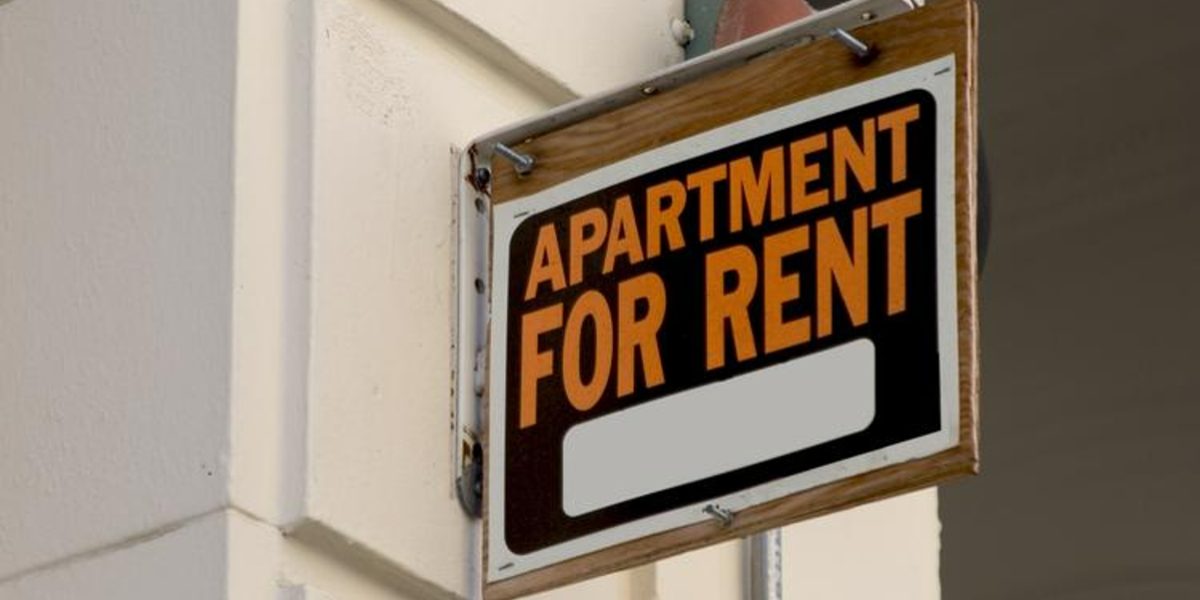Anyone watching real estate prices (for purchase or rent) recently cannot help but feel for the pinch consumers have when considering their housing options. Simply put, housing is becoming increasingly unaffordable – and it looks even more grim for the next generation. There are many reasons for this, and anyone telling you there is a simple answer to the problem is either naïve or lying.
The truth is addressing the cost of housing is multi-faceted and requires a great deal of cooperation and coordination between government, business, non-profit housing, and steadfast community leadership to overcome. There is no “one size fits all” approach, and there is no “singular magic bullet” solution.
Rent Control, however, seems to be the cause du jour because of its simplicity. And it is true, rent control is simple to understand. Limit the amount rents can increase and residents will theoretically have a better grip on their living costs.
The truth, however, is much more complicated – and as it turns out, it is much more harmful to residents than proponents know or wish to acknowledge.
Predictability of Costs
Rent control does provide renters the ability to predict their living costs.
But it does not stabilize the cost to own, operate, maintain, insure, improve, or comply with constantly expanding government regulations. That is even before you consider major projects like new roofs, repainting, plumbing, electrical capacities, energy efficient windows, or installing electric charging stations for vehicles. And this doesn’t even consider any special taxes, assessments, property tax bonds, property tax increases, or other government fees placed on property.
So where does the money for those costs come from under rent control?
Guarantee of Rent Increases
The first option a housing provider can consider is cutting costs, deferring maintenance, and delaying voluntary upgrades.
This begins the slow decline of a property’s quality, which typically contributes to the slow decline of the entire neighborhood.
Another option for a property owner is to ensure that the rent rates can cover operating costs. This becomes especially important in years of high inflation. Which is why this is the route most often taken.
This means taking a long-term look at the expected increases in operating costs – and ensuring that many years down the road the property costs are covered.
Statistically, every community that has enacted rent control has experienced two outcomes: 1) higher percentage of property owners opt to increase their rents every year; and 2) rent increases are more consistently made at the highest allowable rate.
So, while many owners can cover their costs from year to year with infrequent and/or modest increases, rent control forces property owners and operators to increase rents with greater frequency and to the maximum allowable amounts – simply to account for the increases in their costs to own the property.
Alternatively, housing providers must look to a broader portfolio of properties among which to spread costs, leading to another common outcome of rent control.
Market Consolidation
One of the intended outcomes for rent control advocates is to minimize the control of corporate landlords.
The reality is that over 80% of rental housing is owned by small mom and pop owners – people who own fewer than 20 units and are usually very available and responsive to their residents. These property owners are typically amenable to working with their residents to ensure long term tenancies and stability in their communities.
However, rent control laws do not make special exemptions for those individuals.
The limiting impacts of rent control laws make it difficult for small property owners to spread the losses due to increased costs across their properties. This causes many property owners to opt instead to sell their properties – generally, to larger corporate housing providers.
This results in fewer options for residents, and larger corporate ownership in rental housing.
Larger housing corporations have the ability to spread the impacts of rent control across their portfolio. This allows them to purchase more properties from mom-and-pop providers who are looking to get out and sell their properties. This is the exact opposite effect from what rent control advocates espouse.
What About New Housing?
One of the common assumptions is that there will be new housing built to make up for the lack of options. Recent history has taught us that assumption is incorrect.
According to “2020 California Housing Future: Challenges and Opportunities” a study by the California Department of Housing and Community Development, California has missed the mark in housing production by 100,000 units each year. In other words, demand has exceeded supply by more than two million housing units over the past 20 years.
Furthermore, builders have plenty of options to choose where they are going to build new housing. And if they can see one community will limit their ability to provide the kind of housing they are accustomed to building – they will move on to the next community.
In 2018 the study “The Effect of Rent Control Expansion on Tenants, Landlords, and Inequality” Evidence from San Francisco” was published in which the authors Rebecca Diamond, Timothy McQuade and Franklin Qian identified that the increased housing regulations and rent control laws led to reduced incentives for property owners to build new housing units. This is not a unique experience and one that has played out repeatedly dating back to studies from 1998 and before.
Minneapolis just repealed their “historic” rent control laws after they saw not a single building permit for housing be pulled in an entire year.
Santa Ana is experiencing a similar decline in housing starts – and discussions with multiple brokers have revealed that buyers do not want to take on the issues that Santa Ana has created.
Rent control sends new housing opportunities elsewhere – and turns good potential owners to other communities.
Reality of Rent Control
The reality of Rent Control for the consumer is –
- More frequent rent increases
- Larger rent increases
- Fewer community amenities
- Increased corporate ownership
- Decreased housing options
The issue has been repeatedly tried and studied – and the results are consistent – it works AGAINST consumers, not for them.
That’s the problem with simple solutions – they have very complicated unintended consequences.
Chip Ahlswede is Vice President for External Affairs for the Apartment Association of Orange County.


